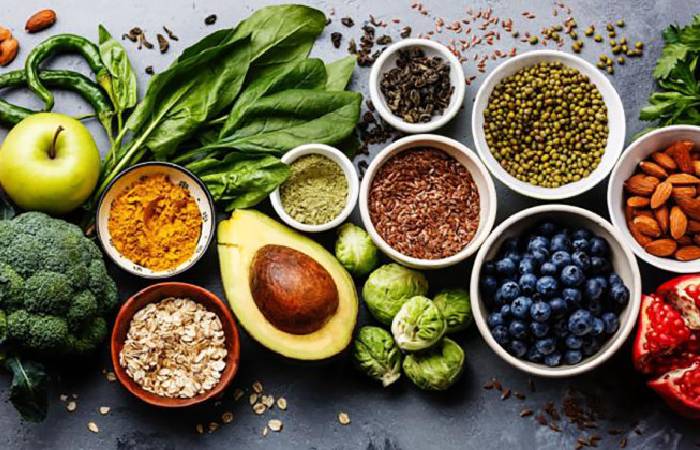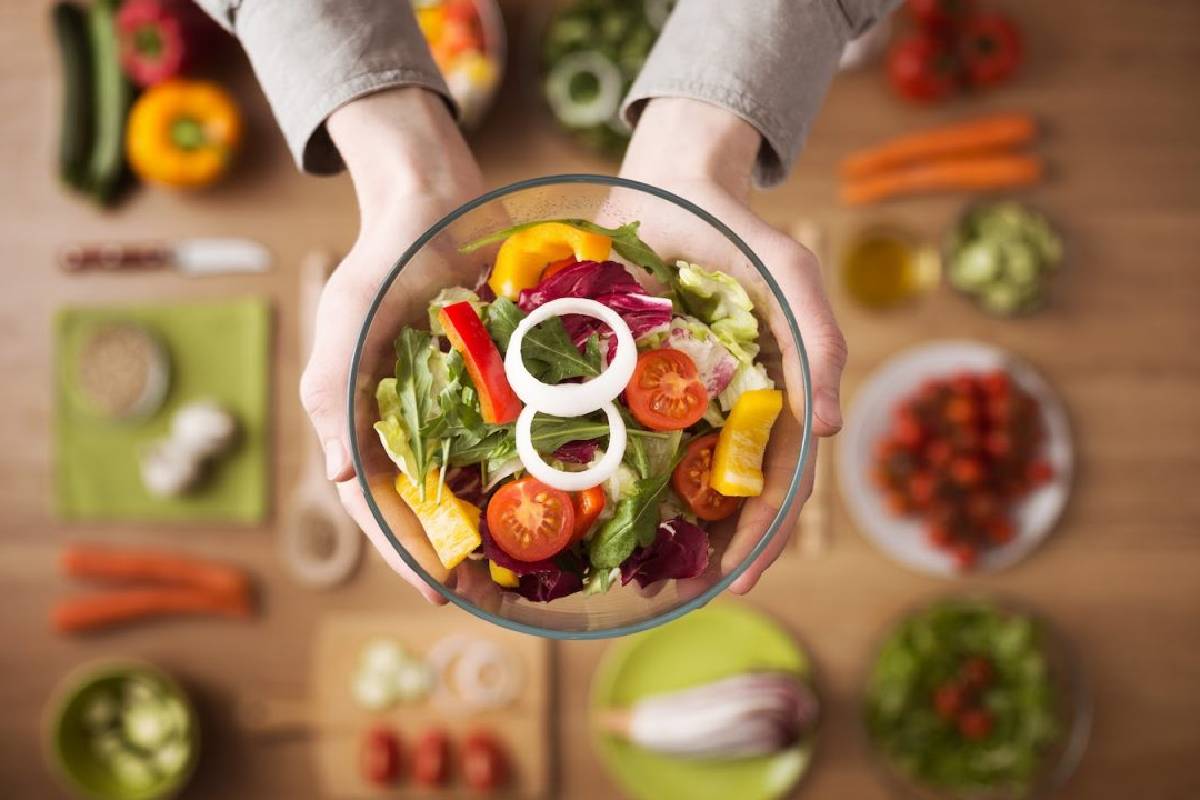“Is it sustainable eating?” An increasingly important question is existence asks regarding agriculture and how we eat.
Sustainable eating in agriculture applies to producing plant and animal products using agricultural techniques and practices that help conserve natural resources with minimal environmental impact. Sustainable agriculture enables us to create healthy food without compromising the ability of future generations to do the same.
Also sustainable eating nutrition is about choosing healthy foods for our environment and our bodies. According to the 2019 EAT-Lancet commission on healthy eating from sustainable food systems, a global transition to more plant-based foods will help feed the world’s growing population with a nutritious and sustainable diet. This plant-based diet includes more legumes (beans, peas, lentils, peanuts), whole grains, vegetables, fruits and nuts, and fewer animal foods, especially red and processed meats. It also recommends limiting refined grains and added sugars.
Tips For Sustainable Eating

If you’re a farmer, the best way to support sustainable eating agriculture is to eat sustainably. Below are some tips to get you started.
Growing something could be herbs in a pot, tomatoes on a patio, or a small plot of land in your garden. Few things make you appreciate what it takes to create more than growing your food. The process can help you understand the factors that make plants grow, the care required to grow food successfully, and how complex the process can be. These ideas can affect how you buy, use and dispose of food.
Shop local. Local shopping is a fun way to support your community. You keep your money in the community you live in and can help foster a healthy, diverse environment. In addition, when buying locally grown.
Start conversations about food. Talk to the farmers in your market, the staff at your supermarket, and restaurant operators. Or the growing number of people pay attention to how food places on their plates. You can discover new tips, learn about new resources, and find more local, sustainable-minded food producers and suppliers.
Seasonally. Blueberries don’t grow in Montana in January, but you can still buy them “fresh” right now. That means they probably came from far, far away. Whenever possible, focus on foods available in season, and you will support sustainability.
Touch your faucet. Liquids can be heavy items for domestic shipping, and it takes a lot of fossil fuel to transport them. Instead of buying bottled drinks, use a refillable bottle and top it up with tap or filter water.
Reconsider your shopping list. Opt for bulk foods, less processed foods, and more plant-based meals. These options generally require less packaging, waste, energy, and water to produce.
Vote with your wallet and fork. There is no better way to influence the direction of our food system and what grocers, restaurateurs and food companies produce and sell than to affect their profits. First, ask your food suppliers to support local farmers, growers, and sustainable agriculture. Then, please show your support for their purchasing decisions.
Drinking tap water: Water quality and safety standards are high in Europe. Instead of buying bottled water, we can refill a reusable tap water bottle as often as we want. Tap water costs well below the price of bottled water and reduces our ecological footprint.

